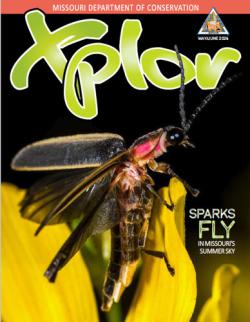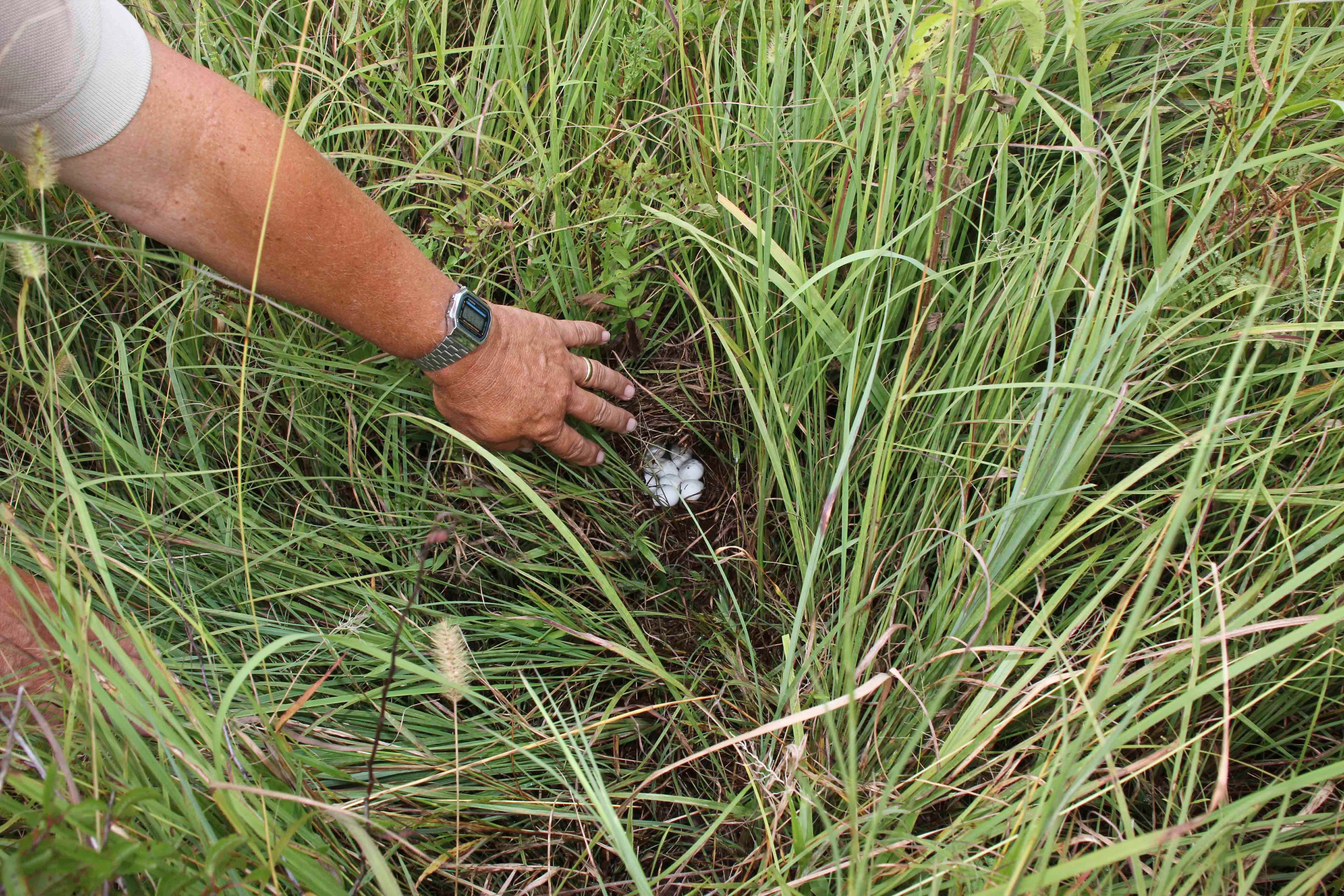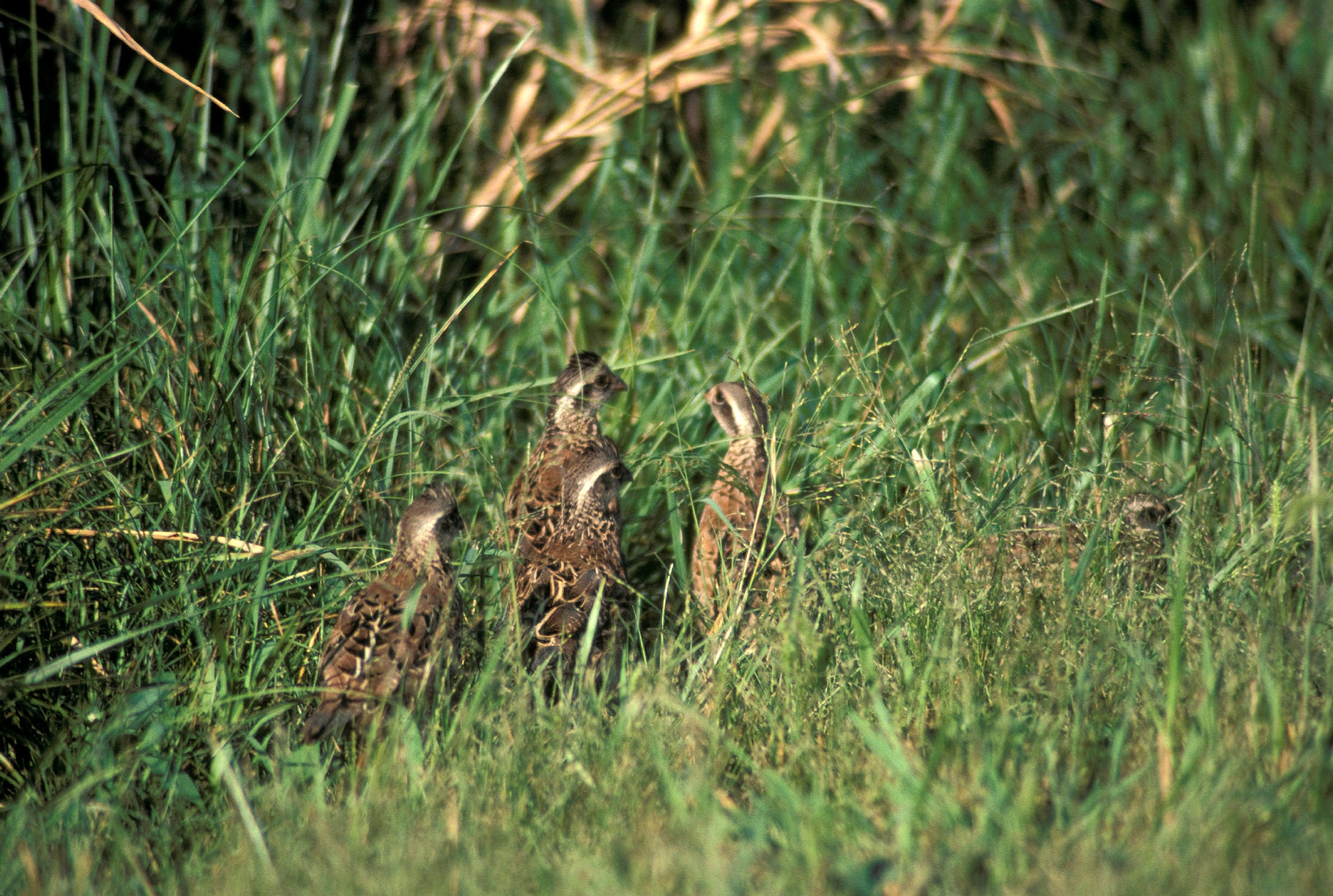
Xplor reconnects kids to nature and helps them find adventure in their own backyard. Free to residents of Missouri.






Kansas City, Mo. – For some children, mimicking the northern bobwhite quail’s mating call was how they learned to whistle. They heard the urgent and earnest “bob-white” sound lilting from pastures and fields. The call’s short and sharp notes are impressive, and rather easily imitated, so youngsters did. For older folks, hearing quail calling means summer is progressing on time, a reliable sign along with butterflies returning and meadowlarks chirping atop wooden fence posts. Today, however, many people are missing the bobwhite whistle in their neighborhood.
Bobwhite quail populations are holding steady on land with suitable wildlife habitat. But statewide, quail numbers have fallen drastically in recent decades. The drop is due to habitat losses caused by urban sprawl and clean farming practices, unusually rainy weather that harmed nesting success, mature trees replacing shrubs and grasses, and other factors biologists are examining. However, the Missouri Department of Conservation (MDC) has proven on conservation areas and private land, that if given good habitat, quail populations will remain and even thrive.
Almost 90 percent of the land acreage in Missouri is privately owned. Bobwhite quail will need help from property owners to hold their numbers steady or rebound. Quail numbers can be boosted, especially when adjoining landowners work together on habitat, even if just on the margins of fields.
This is a prime nesting and brooding rearing season for quail. A lack of good brood rearing habitat, plants easy for tiny, young birds to walk through and find food, may be the top limiting factor for quail numbers in the Midwest, said Kyle Hedges, an MDC wildlife management biologist who has studied quail.
MDC private land specialists and wildlife biologists have tips to help private landowners help quail.
Bobwhite quail have a long legacy in Missouri as a favored gamebird. But they are also popular for their summer songs. And for people lucky enough to see them moving about, they have a wild-but-noble bearing. Quail can fly with a speedy burst, but mostly they are a jaunty ground feeding and nesting bird of the grasslands and the open woodlands. Their numbers may have increased from the Civil War to after World War II, thanks to early farm practices that increased usable habitat. With the right conservation practices used alongside agriculture, their numbers can rebound today, too.
To learn more about MDC assistance with wildlife habitat on private land, visit https://mdc.mo.gov/property. For more information about northern bobwhite quail and their habitat, visit https://short.mdc.mo.gov/Zh6.